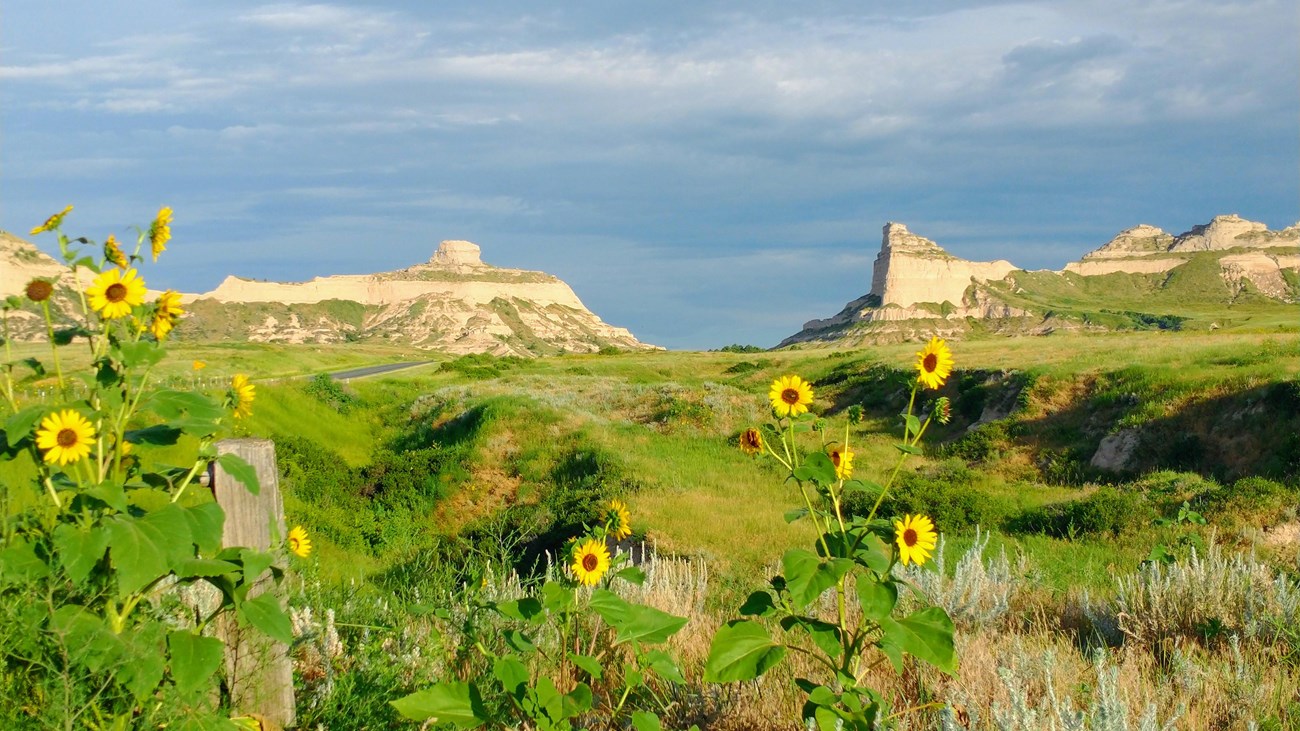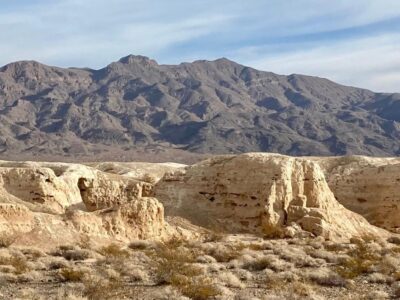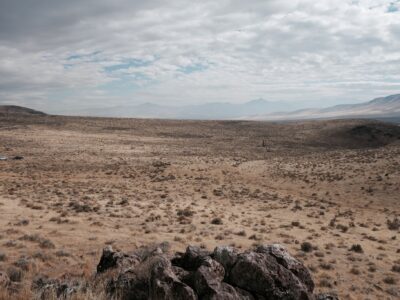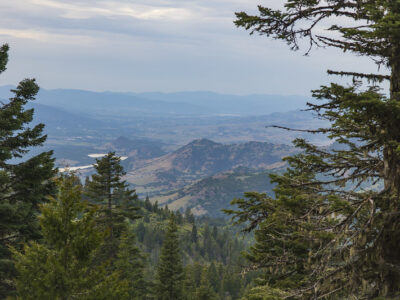A flat two-lane highway cuts a path west through gently rolling fields of corn, wheat, and shoulder-high prairie grass. In the far distance, a sandstone bluff rises above a sea of gold, and a meandering river flows alongside, stretching south from a snowmelt off a mountain two states away.
If this tableau feels like a dream, the citizens of the fair state in which one might find this beautiful scene would be inclined to tell you that you are right!
This dreamland is none other than the great state of Nebraska.
Sitting in the heart of the country, the “Cornhusker State” is at the crossroads of the Midwest and the beginning of the true West of America, and its history is as varied as the disparate parts of which it is made.
Admitted into the Union in 1867 and inhabited for millennia by Indigenous Tribes, Nebraska sits at the confluence of the Great Plains and the Dissected Till Plains. The territory, and later the state, was long on the front lines of the struggles to settle the American West during the 19th-century exploration of the land west of the Mississippi River. This interaction led to many years of bloody strife, followed by an uneasy detente that helped shape the present day.
Nebraska’s history is as essential to the American story as any in the region. Some vitally important historical landmarks are enshrined forever for all to visit in the state’s two National Monuments. Read on to learn more:
Agate Fossil Beds National Monument: Two virtually unprecedented and seemingly unconnected events are memorialized at this incredible monument. In the early 1900s, a groundbreaking archeological discovery was made, and at the same time, an unlikely friendship began between prominent rancher James Cook and Lakota Sioux Chief Red Cloud. Curious travelers can learn about both stories at Agate Fossil Beds. Paleontologists found Age of Mammals era fossil beds containing full skeletons of Miocene species previously only found in small fragments. While this discovery was being further explored, new friends made up of the local Sioux and Cheyenne Tribes gathered at James Cook’s ranch to tell stories, dance, and trade items that today make up the Cook Collection at the monument. Visitors can get a little taste of ancient and recent history all in one stop.
Photo Courtesy Agate Fossil Beds National Monument
Scotts Bluff National Monument: Another natural, paleontological, and spiritual landmark can be found near Gering, Nebraska. Soaring more than 800 feet above the North Platte River, this monolithic natural structure was a gathering point for Native people going back thousands of years. It is also a directional landmark for explorers along the Oregon, California, and Mormon Trails. Today, the monument protects more than 3,000 acres of pristine Nebraska prairie and hill country. Besides exploring its many exhibits, popular activities include hiking and driving the stunningly beautiful Summit Road. The monument even boasts the world’s most extensive collection of the legendary artist William Henry Jackson, the first person known to photograph Yellowstone. This site should not be missed when visiting Nebraska!
Photo Courtesy NPS





